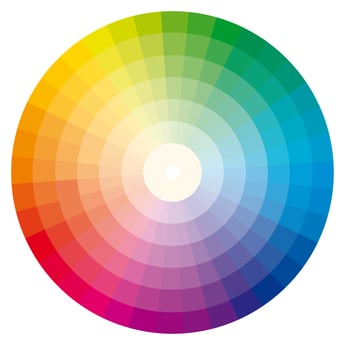Mastering Photo Editing for Breathtaking Travel Shots

In the world of travel photography, capturing the essence of a destination is only part of the journey. The real magic happens when you sit down to edit those travel photos, transforming good shots into breathtaking ones. Editing travel pictures is an art that requires a blend of technical skills and creative vision. Whether you're a professional photographer or a travel enthusiast, mastering photo editing can elevate your travel photos from ordinary to extraordinary.
Understanding the Basics: A Strong Foundation
Before diving into the specifics of editing travel pictures, it's crucial to grasp the fundamentals of photography. Composition, exposure, and lighting are the building blocks of a great photograph. When you understand these elements, you'll not only take better shots but also find it easier to edit them.
The Power of Editing Software

The first step in editing travel photos is choosing the right software. Adobe Lightroom and Photoshop are the gold standards in the industry, offering a range of tools for both beginners and professionals. However, there are several other options available, such as Capture One and Luminar, which provide unique features that can enhance your travel photography.
Adjusting Exposure and Contrast
One of the most basic yet impactful edits you can make is adjusting the exposure and contrast of your travel photos. Exposure adjustments can help correct photos that are too dark or too bright, bringing out the details hidden in the shadows or highlights. Contrast, on the other hand, adds depth to your images by making the darks darker and the lights lighter, which can make your travel photos pop.
Harnessing the Power of Color

Color editing is a powerful tool in travel photography. It can transform the mood of a photo, highlight certain elements, and even correct unnatural color casts. When editing travel pictures, pay attention to the white balance to ensure that your photos have a natural look. Playing with saturation and vibrance can also bring life to your images, making them more captivating.
Sharpening and Noise Reduction
Sharpening is essential for bringing out the details in your travel photos, making them appear crisper and more defined. However, it's a tool that should be used sparingly, as over-sharpening can lead to unnatural-looking images. Noise reduction is another critical aspect of photo editing, especially for low-light travel photos. It helps to smooth out the graininess and improve the overall quality of your images.
Creative Edits: The Art of Making Your Photos Stand Out
Beyond the basic edits, there are countless creative adjustments you can make to turn your travel photos into works of art. Techniques such as dodging and burning can add drama and depth, while selective color adjustments can draw the viewer's eye to the focal points of your images. Black and white conversions can also add a timeless feel to certain travel shots, highlighting textures and contrasts in a way that color photos cannot.
The Importance of a Light Touch
While the temptation to go overboard with edits can be strong, the best travel photos are often those that have been edited with a light touch. The goal is to enhance the natural beauty of your shots, not to create an entirely new scene. Subtlety is key in photo editing; your edits should enhance the photo's best features without becoming the main focus.
Embracing the Journey of Photo Editing
In conclusion, the art of editing travel photos is a rewarding endeavor that goes hand in hand with the adventure of travel photography. It's an opportunity to relive your journeys, see your shots in a new light, and share a more vivid and compelling story with the world. Whether you're fine-tuning the colors of a sunset, enhancing the textures of an ancient architecture, or simply ensuring your photos reflect the reality of your experiences, every adjustment you make is a step towards mastering this craft. So, embrace the journey of photo editing with enthusiasm and creativity. Your travel photos are not just images; they are your personal interpretations of the world's magnificent canvas. With each edit, you're not just enhancing a picture; you're refining your vision and sharing a piece of the world as you see it.